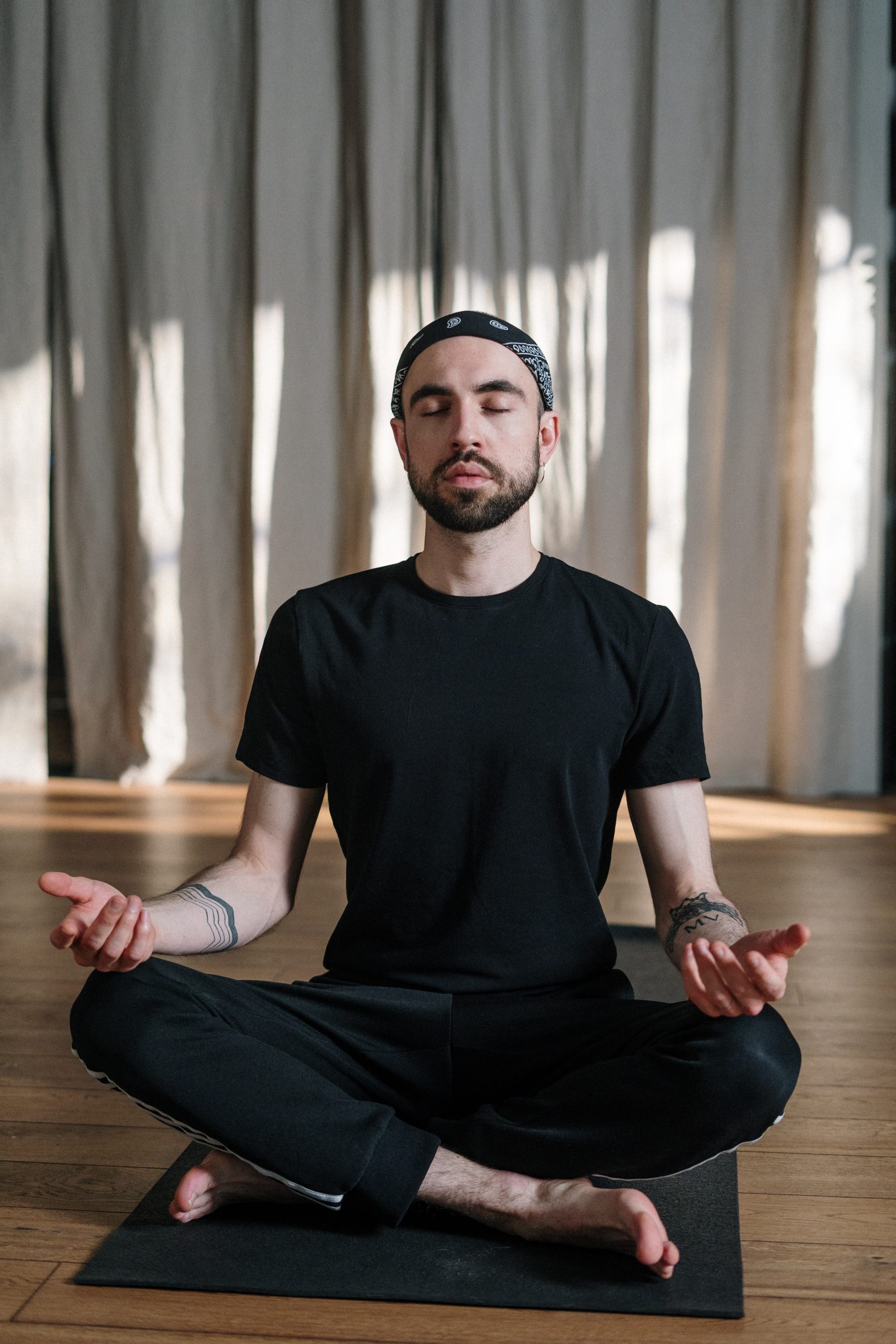Foundations
MEDITATION (Part 2)
Why meditate? In a world full of constant input from social media, TV, news and things craving our attention. Just like yoga, the different practices and benefits are timeless. The two go hand in hand.
As mentioned before, Meditation can be used to achieve different desired states. It is not only the practice of meditation that is important but more so about you becoming meditative. You will find that you will be able to handle different situations better and become more conscious of your responses in day to day situations. This could include things such as handling anger calmly, addressing sadness, responding to grief in a different manner, getting different view points on life and death and so on.
Guided meditations are particular types of meditation practices that involve following verbal instructions to help you focus your attention and guide your thoughts. This type of meditation can be done alone or with the help of a teacher or guide. The purpose of guided meditation is usually to help you relax, get in touch with your inner self, and to gain clarity and insight.
Some of the benefits of guided meditations to those practice it include reduction of stress and anxiety, improved concentration, more focus, becoming more mindful and connecting to their own inner peace.

“With meditation, you become a sensitised superhero, completely in control, with endless possibilities at your fingertips.” – Tara Stiles

The above video is an example of a guided meditation from Juliana Spicoluk (Boho Beautiful) that you can follow to clear your mind and start new positive habits.
When doing a guided meditation, it’s important to get comfortable. Find a quiet space where you won’t be disturbed and make sure you’re in a comfortable position. Close your eyes and take some deep breaths to relax your body and mind. You can also try focusing on your breathing, counting your breaths, or repeating a mantra. Once you’re ready, you can begin the guided meditation. Most guided meditations will begin with a warm-up or relaxation exercise, followed by a body scan, mindful practice, or a more complex practice.
As you’re listening to the guided meditation, it’s important to stay focused on the present moment. Don’t get too caught up in any thoughts or emotions that come up, just acknowledge them and let them go. It’s also important to stay focused on the instructions and to keep your body relaxed.
It is ideal to take some time to reflect on your experience after the guided meditation is finished. You could also write down any insights you had and journal any other thoughts following the guided meditation.
The above video is an example of guided meditation to help you let go and achieve harmony, inner peace and emotional healing courtesy of the PowerThoughts Meditation Club (you can follow them on YouTube). As you become more comfortable with guided meditations and able to focus on the instructions and breathing, you can begin to visualise different images or sounds that bring peace and relaxation. This can be done by envisioning a beautiful landscape or listening to calming music or as instructed. Positive affirmations are also helpful and often encouraged with guided meditations but should only be undertaken as part of the guided meditation itself.
Below is a Mindful meditation that you can be guided by Jay Shetty to help you de-stress.
“Meditation is a vital way to purify and quiet the mind, thus rejuvenating the body.” – Deepak Chopra
Apart from the meditations shown so far, there are literally millions of guided meditations and other meditation practices such as transcendental meditation, higher consciousness meditation, etc. you can come across through the internet, YouTube, and of course in person. The world is your oyster. Have fun inner-exploring!
